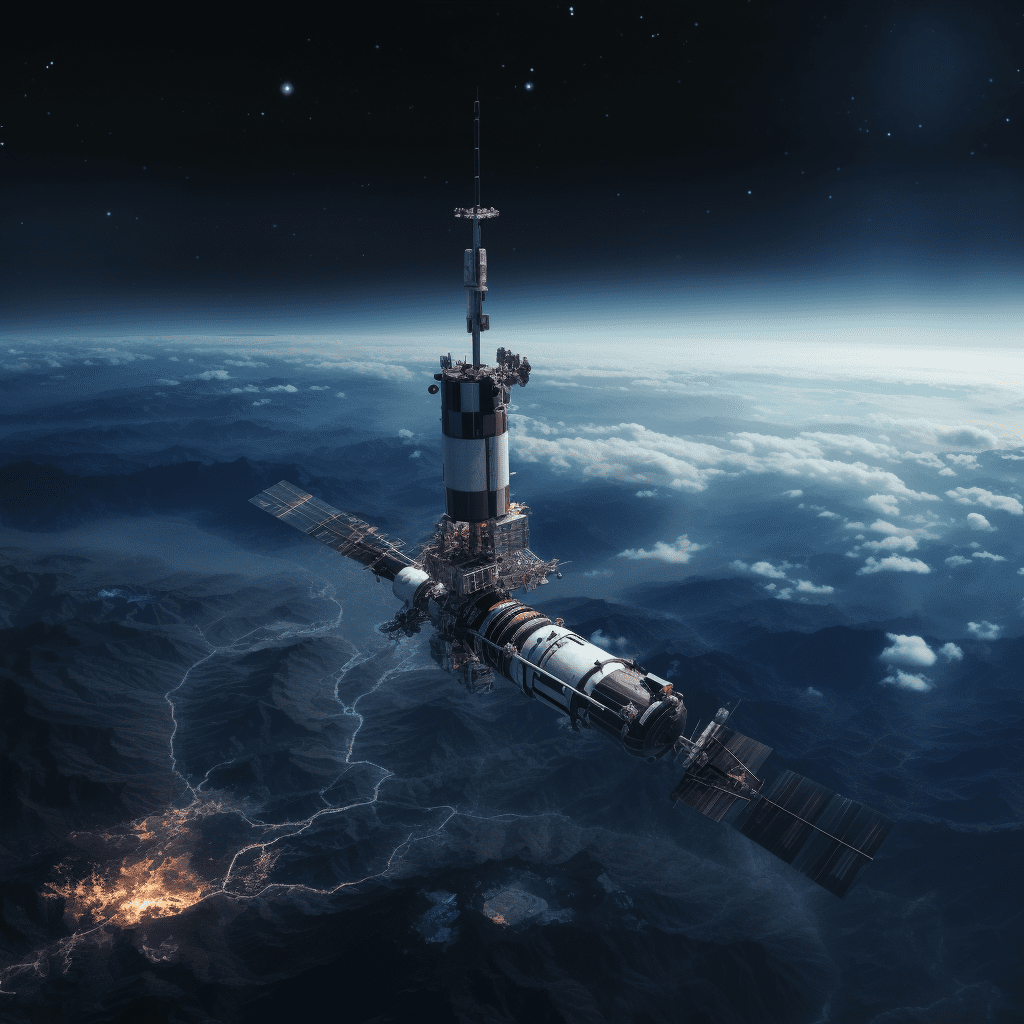Space-Based Space Situational Awareness (SB-SSA) is essential for ensuring safe operations in an increasingly congested orbital environment. However, it faces significant challenges, including technological limitations, rising space debris, and the need for international cooperation. Addressing these challenges is crucial for enhancing our ability to monitor and manage space activities effectively.
What Are the Key Challenges in Space-Based Space Situational Awareness?
The primary challenges in SB-SSA include:
- Technological Limitations: Current sensor technologies may not adequately track smaller debris or dimmer objects.
- Data Overload: The sheer volume of data generated from various sensors can overwhelm existing processing capabilities.
- Funding and Resources: Limited budgets hinder the development and deployment of advanced SSA systems.
Chart: Key Challenges in SB-SSA
| Challenge | Description |
|---|---|
| Technological Limitations | Inability to track small debris effectively |
| Data Overload | Excessive data from sensors complicating analysis |
| Funding Constraints | Insufficient budgets for advanced technologies |
How Do Sensor Technologies Impact Space Situational Awareness?
Sensor technologies are critical to SB-SSA as they provide the necessary data to monitor space objects. Ground-based sensors face limitations due to atmospheric interference, while space-based sensors can offer improved tracking capabilities. However, developing effective sensors that can operate under harsh conditions remains a challenge.
Why Is the Increase in Space Debris a Concern?
The increase in space debris poses a significant risk to operational satellites and future missions. Collisions with debris can lead to catastrophic failures, creating more debris and potentially triggering a cascading effect known as Kessler Syndrome, where collisions generate further collisions.
What Future Developments Are Needed for Effective SSA?
Future developments should focus on:
- Advanced Sensors: Developing more sensitive and versatile sensors capable of tracking smaller objects.
- Artificial Intelligence: Implementing AI-driven analytics to manage and interpret large datasets efficiently.
- International Collaboration: Enhancing global cooperation to share data and best practices among nations.
What Are the Current Trends in Space Situational Awareness?
Current trends include:
- Increased Investment: Governments and private entities are investing more resources into developing SSA capabilities.
- Emerging Technologies: Innovations such as machine learning are being applied to improve data processing and predictive analytics.
- Focus on Sustainability: There is a growing emphasis on sustainable practices to mitigate space debris.
Chart: Current Trends Affecting SB-SSA
| Trend | Description |
|---|---|
| Increased Investment | More funding directed towards developing SSA systems |
| Emerging Technologies | Use of AI and machine learning for data analysis |
| Focus on Sustainability | Emphasis on practices that reduce space debris |
How Is Technology Evolving to Enhance SSA Capabilities?
Technology is evolving through advancements in sensor design, data processing algorithms, and predictive modeling techniques. For instance, optical sensors are being explored for their capability to track objects in low Earth orbit (LEO) more effectively than traditional radar systems.
Why Is International Cooperation Essential for SSA?
International cooperation is vital due to the global nature of space activities. Collaborative efforts can lead to standardized practices for data sharing, improving overall situational awareness. Such partnerships also enable countries with fewer resources to benefit from shared technology and expertise.
What Are the Implications of Increased Space Traffic?
Increased space traffic raises concerns about collision risks, necessitating enhanced monitoring capabilities. As more satellites are launched, especially with mega constellations like Starlink, effective traffic management becomes critical to prevent accidents that could exacerbate the already significant problem of space debris.
What Role Does Technology Play in Improving SSA?
Technology plays a crucial role by providing tools for tracking and analyzing space objects. Innovations such as automated collision avoidance systems help satellite operators make informed decisions about maneuvers, thereby enhancing safety and operational efficiency.
How Can Data Sharing Enhance Space Situational Awareness?
Data sharing among nations and organizations can significantly improve SSA by providing comprehensive tracking information about space objects. Initiatives like the U.S. Space Track Project allow operators worldwide to access critical information that aids in collision avoidance and enhances overall situational awareness.
Why Is Monitoring and Managing Space Debris Critical?
Monitoring and managing space debris is essential to ensure safe operations in orbit. Effective debris mitigation strategies can prevent collisions, protect valuable assets, and maintain sustainable use of outer space for future generations.
What Are the Future Directions for SSA Development?
Future directions include:
- Enhanced Sensor Networks: Expanding networks of both ground-based and space-based sensors.
- Regulatory Frameworks: Establishing international regulations governing space traffic management.
- Public-Private Partnerships: Encouraging collaboration between government agencies and private companies to develop innovative solutions.
Latest News
Recent discussions among international space agencies have highlighted the urgent need for improved collaboration on space situational awareness initiatives. With an increasing number of satellites being launched globally, there is a consensus that joint efforts are necessary to enhance monitoring capabilities and mitigate risks associated with space debris.
Editor Comment
“The challenges facing space-based situational awareness are complex but not insurmountable. By leveraging technology, fostering international cooperation, and prioritizing sustainable practices, we can create a safer environment for all space operations.”



